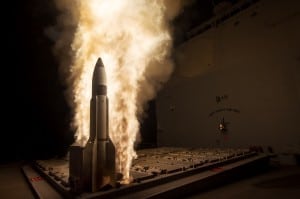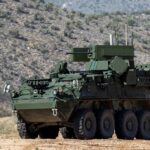
HUNTSVILLE, Ala. – The Missile Defense Agency (MDA) plans to conduct two key intercept tests of sea-based defenses later this year, the agency’s director said Aug. 17.In October, the Standard Missile III (SM-3) Block IIA, a new, longer-range version of the SM-3 interceptor that MDA is developing with Japan and Raytheon [RTN], will undergo its first missile shootdown attempt, Vice Adm. James Syring said at the annual Space and Missile Defense Symposium here. The SM-3, deployed mostly on Aegis combat…

 By
By 








